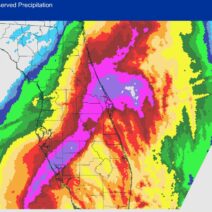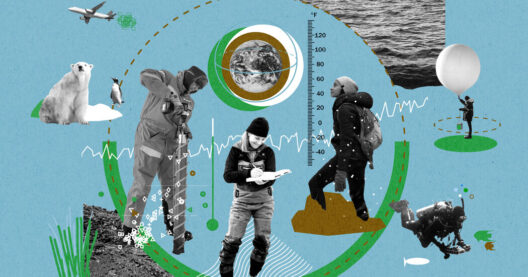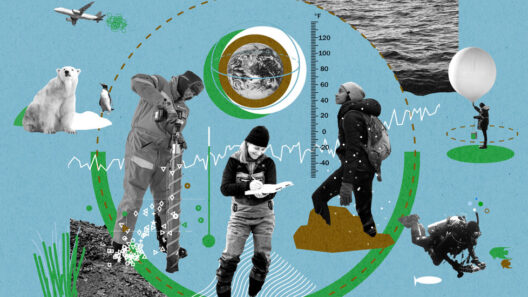Energy and electricity form the backbone of modern civilization, accentuating our existence through an array of applications and technologies. The term “energy” encompasses various forms, including thermal, kinetic, electrical, chemical, and nuclear energy. Electricity, a pivotal form of energy, powers our homes, industries, and infrastructures, thereby influencing nearly every aspect of our daily lives. As society progresses, understanding the intricacies of energy and electricity becomes paramount, particularly regarding sustainability and environmental stewardship. This discourse will explore the multifaceted realm of energy and electricity, examining its types, generation methods, consumption patterns, and environmental implications.
To begin, it is crucial to define the primary types of energy sources. Broadly, they can be classified into two categories: renewable and non-renewable energies. Renewable energy sources, exemplified by solar, wind, hydro, geothermal, and biomass, are characterized by their perpetual nature. They replenish naturally and are essential in curbing greenhouse gas emissions. In contrast, non-renewable energy sources, including coal, oil, and natural gas, are finite resources that release substantial carbon dioxide into the atmosphere when combusted, thus exacerbating climate change.
Among the renewable technologies, solar energy has garnered significant attention in recent years. Photovoltaic cells convert sunlight directly into electricity, enabling both residential and commercial adoption. Solar panels can be installed at various scales, from small rooftop systems to vast solar farms. Wind energy, another vital renewable resource, harnesses the kinetic energy generated by wind currents. Modern wind turbines can be found both onshore and offshore, generating clean electricity and contributing to the global energy grid.
Hydropower, often viewed as one of the oldest forms of renewable energy, employs flowing water to generate electricity. Hydroelectric dams facilitate this process, converting potential energy into kinetic energy as water flows through turbines. However, while hydropower is a dependable energy source, it also poses ecological challenges, including habitat disruption and alterations in water quality.
Geothermal energy, derived from the Earth’s internal heat, offers another sustainable option. The utilization of steam or hot water from subterranean reservoirs can generate electricity or provide direct heating. Although the exploration of geothermal resources occurs primarily in volcanic regions, advancements in technology have expanded its potential in various geographical contexts.
The aforementioned renewable energy sources serve a critical purpose in combating energy insecurity and climate change. Transitioning to renewables reduces reliance on fossil fuels, which, despite their role in the economic advancement of many nations, are deteriorating the environment through pollution and climate alteration. The use of non-renewable sources has led to alarming consequences, globally recognized in persistent droughts, rising sea levels, and extreme weather patterns.
Consider the consumption of electricity—a sector intrinsically tied to energy production. The global energy demand continually escalates, driven by industrialization, population growth, and technological advancement. Households are significant contributors to this demand, with appliances, electronic devices, and heating and cooling systems consuming substantial amounts of electricity. Efficient electricity consumption is vital for mitigating energy waste, and various strategies have emerged to enhance energy efficiency. These include energy audits, the implementation of smart grids, and the adoption of energy-efficient devices, such as LED lighting and Energy Star certified products.
Moreover, the evolution of smart technology presents a paradigm shift in energy management. Smart meters and home automation systems empower consumers to monitor and manage their energy usage in real time. This data-driven approach fosters awareness and encourages responsible energy consumption, which is essential in the struggle against climate change.
As we forge ahead, the integration of energy storage technologies plays a pivotal role in enhancing the reliability of renewable energy sources. Battery energy storage systems capture excess energy generated during peak production periods, facilitating a continuous and reliable energy supply. This technology alleviates some of the intermittency issues associated with renewables, such as solar and wind energy, ensuring a more resilient energy grid.
Energy transition, driven by policy changes, technological advancements, and community initiatives, is crucial for achieving a sustainable energy future. Governments worldwide are increasingly adopting policies that incentivize renewable energy development and promote energy efficiency. International agreements, such as the Paris Agreement, emphasize the necessity of reducing carbon emissions. Countries are transitioning towards low-carbon economies, engaging in collaborative efforts to share technology and resources, thereby mobilizing a global movement towards sustainability.
Nonetheless, the societal transition to a sustainable energy landscape faces challenges. Resistance from traditional energy sectors, infrastructural limitations, and financial barriers contribute to the complexity. Additionally, education and public engagement play a pivotal role in facilitating societal acceptance of renewable energy projects. Individuals must comprehend the environmental urgency and actively participate in nurturing sustainable practices within their communities.
The significance of understanding energy and electricity entails recognizing the imperative evolution towards renewable sources and energy efficiency. This multifaceted approach fosters a sustainable environment while addressing the energy demands that propel human progress. Education, technological advancements, and collaboration among stakeholders are essential for navigating the challenges ahead. Through collective endeavors, society can mitigate the adverse effects of climate change, ensuring a livable planet for future generations. The time to act is now; our decisions today will shape the energy landscape of tomorrow.








